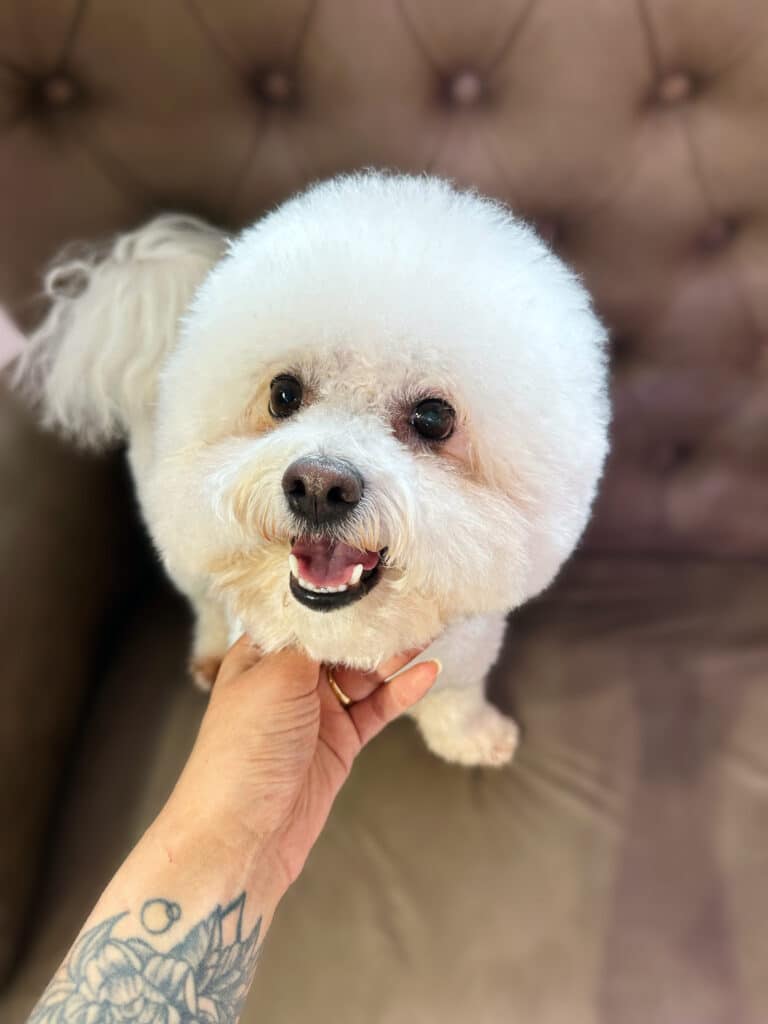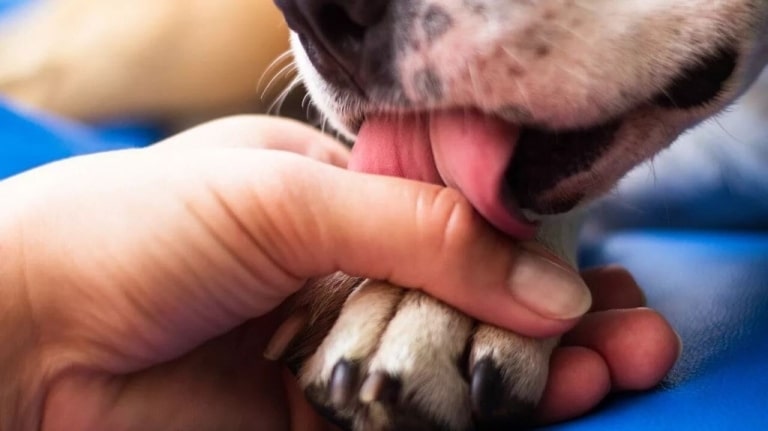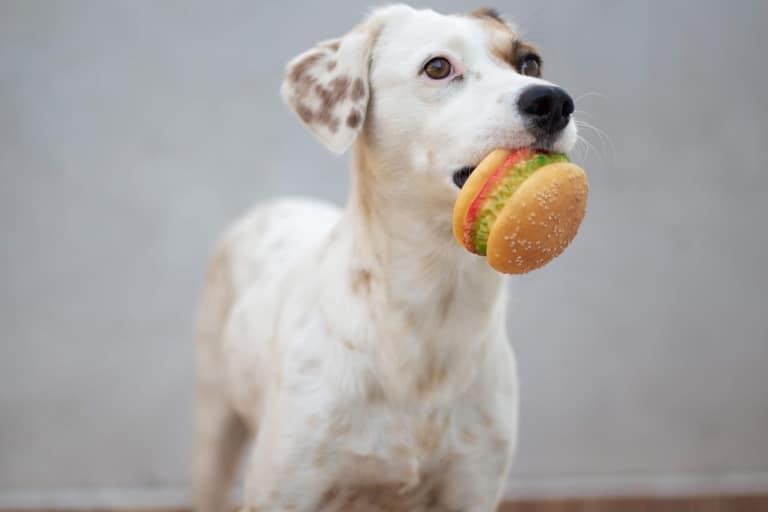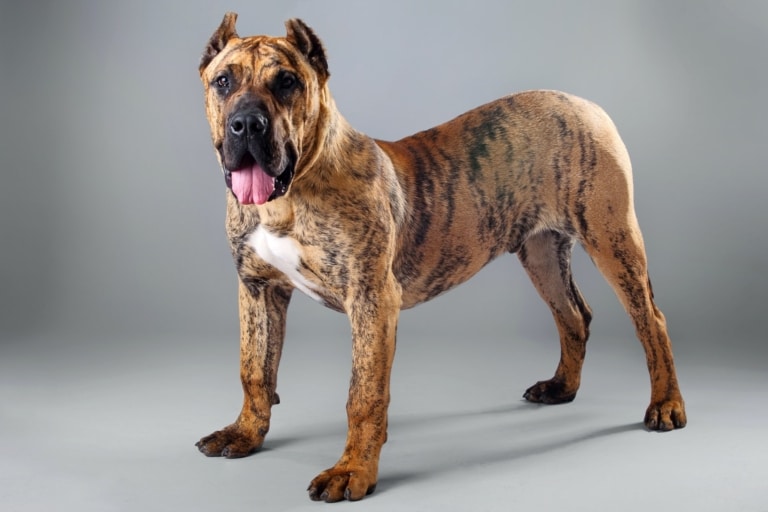An important role in maintaining the health of an animal is played by its fur and skin. Coat problems are not necessarily directly related to the skin, but the condition of the skin always affects the quality of the coat. This is due to the fact that the skin is the largest organ of the body and it performs a number of important functions. In particular, we are talking about thermoregulation by releasing heat through sweat glands into the environment, protection from external factors such as infections and injuries, and markers of the dog’s general health. The last factor is no less important than the others, because skin problems can indicate various diseases and improper care. Therefore, today we will consider the main causes of skin and coat problems, what diseases can befall a pet, emphasize the importance of regular visits to the veterinarian, and provide advice on the care and prevention of skin diseases. It will be interesting!
The main causes of skin and coat problems
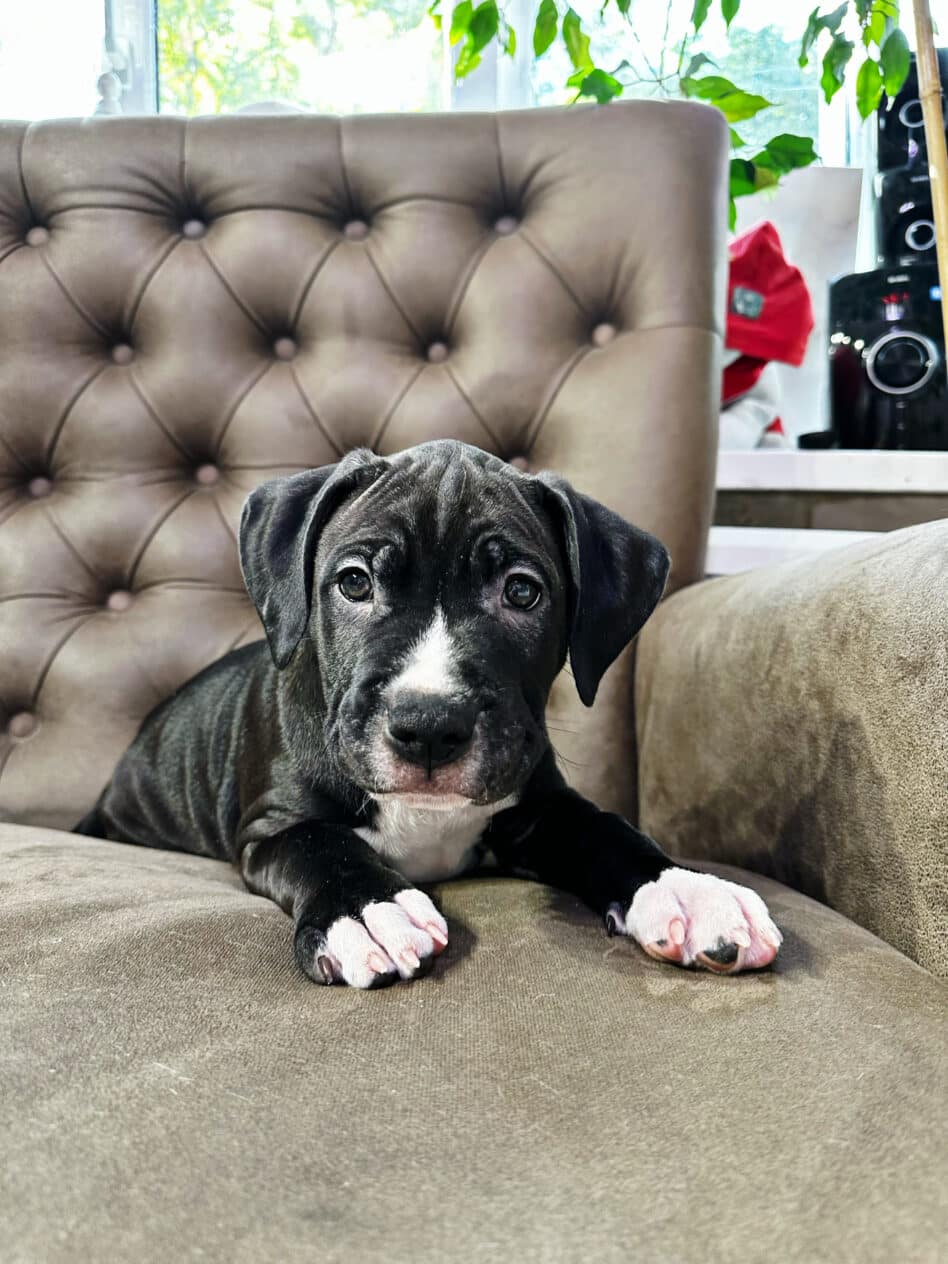
They can be diverse and vary from minor discomforting symptoms to serious diseases that require medical intervention. That’s why it’s so important to monitor your pet’s health and be educated about the main risks that may occur in the future.
How does genetics affect the health of a dog’s coat?
The first factor that can affect hair loss in a dog is genetic. Yes, certain dog breeds do have a pathological predisposition to specific diseases that directly affect the health of the coat and skin. Genetic features can weaken the protective function of the skin and facilitate the penetration of various pathogens into the body. For example, pituitary dwarfism due to a lack of growth hormone is characteristic of German shepherds, acrodermatitis is common among bull terriers, Scotch terriers suffer from nasal vasculitis, and Siberian huskies suffer from follicular dysplasia. It should be noted that not all dogs will necessarily have health problems related to belonging to a specific breed, but when choosing a pet, this should not be forgotten.
Allergies in dogs: recognition and treatment
Allergy can be safely called the most widespread problem. Although Labradors, German shepherds and pugs lead the list of breeds prone to allergic reactions, every dog has faced this problem at least once in their life. Manifestation of an allergic reaction can be both minor and such that it requires an immediate visit to the veterinarian. Itching, irritation, redness can provoke scratching of the skin to the point of wounds or licking of the fur to a change in color and formation of bald spots. In urgent cases, you can use antihistamines. Allergens can be pollen, plants, fungi, chemicals, food. And even if you feed your pet special food, it is quite possible that an allergy to one of its components may appear. We advise you to avoid grains, preservatives, dyes, and monitor changes in behavior. If you do encounter an allergic reaction, it is important to eliminate the allergen and choose a better diet. In this case, an elimination diet will help.
Fleas and ticks in dogs, how to protect your pet
Fleas and ticks are well-known parasites that can make life difficult all year round and protection against which is extremely important. If the dog starts scratching, this is a reason to examine the pet, first of all, for the presence of fleas. Skin irritation, wounds, redness, itching provoke further damage to the skin by the dog itself. The situation can worsen if there is an allergy to flea saliva, as the risk of infectious diseases increases. As for ticks, the most famous are Sarcoptes scabiei – the causative agent of scabies and Demodex canis – demodicosis. It should be noted that Demodex canis ticks live in every body, but demodicosis develops only with weakened immunity. The danger of parasites also lies in the transmission of various diseases to the dog, which can complicate treatment. To prevent parasitic infections and their consequences, it is important to timely treat the dog with anti-parasitic agents, regularly check it for fleas and ticks, and consult a veterinarian for preventive examinations and treatment in case of infection.
How stress affects the coat and skin of dogs
Stress can also cause health problems. This is a particularly relevant point, because since the full-scale invasion of Ukraine, animals, like people, are constantly under the influence of stress, reacting to air alarms and explosions. Under normal conditions, steroid hormones have a powerful anti-inflammatory effect and positively affect the work of the immune system, but when they are excessively secreted into the blood, the nervous system begins to be depressed, the body becomes vulnerable to infections and health problems arise. In particular, stress can lead to excessive licking or biting of skin and fur. There may also be a failure of the hair growth cycle, resulting in uneven hair growth or baldness. In addition to the above symptoms, pay attention if your pet has started to show aggression, refuses to eat, play, becomes lethargic, disobedient. In this case, it is worth consulting with a veterinarian and a dog trainer to establish a normal daily routine for the dog.
Endocrine diseases affecting the skin of dogs
Serious endocrine diseases can hide behind skin problems. If the hair falls out due to a hormonal failure in the body, then you can notice the symmetry and localization of the lesion, the absence of wounds and traces of combing the skin. Although the dog does not feel discomfort from itching, there are other symptoms that can complicate his life. So let’s look at the main hormonal diseases of dogs.
If the thyroid gland is not working properly, when the thyroid-stimulating hormone level is low, the risk of developing hypothyroidism increases. This disease is accompanied by rapid fatigue, decreased activity, weight gain, hair loss and is characteristic of elderly and obese dogs. Golden retrievers, Irish setters and beagles are more prone to this disease.
The level of cortisol produced by the adrenal glands should also be monitored. This stress hormone, in case of excess, can provoke hyperadrenocorticism or Cushing’s syndrome. Be extra vigilant if your family member is a poodle, boxer, or dachshund. The disease can be manifested by excessive water consumption and urination, loss of appetite, inappropriate behavior, hair loss and inflamed skin that can crack in various parts of the body. In this case, it is worth contacting a veterinarian for a drug aimed at reducing the level of cortisol in the body.
Estrogen is a female sex hormone and at normal levels supports the dog’s hormonal system throughout its life. However, if it starts to oscillate towards the “+” or “-” mark, this can lead to failure and negative consequences. In particular, a high level of this hormone provokes swelling of the genitals, hair loss in the abdominal area, and roughening of the skin. These are all symptoms of hyperestrogenism, the medical treatment of which is ineffective. In this case, you should consult a doctor about surgical intervention. If the level of estrogen, on the contrary, is low, then we are dealing with hypoestrogenism, which is more characteristic of middle-aged females. The symptoms here are also hair loss in the abdominal area, but instead of thickening of the skin, there is thinning of the skin. Taking drugs aimed at increasing the level of estrogen is recognized as an effective treatment.
We have already indicated above that German shepherds are prone to such a genetic disease as pituitary dwarfism, which is provoked by insufficient production of growth hormone. It stops being produced 3-4 months after the puppy’s birth. Slow tooth growth, hair loss on the back, thinning of the skin, and the appearance of dandruff can also be characteristic signs. To cope with this problem, the veterinarian prescribes hormonal drugs.
The main types of skin diseases in dogs
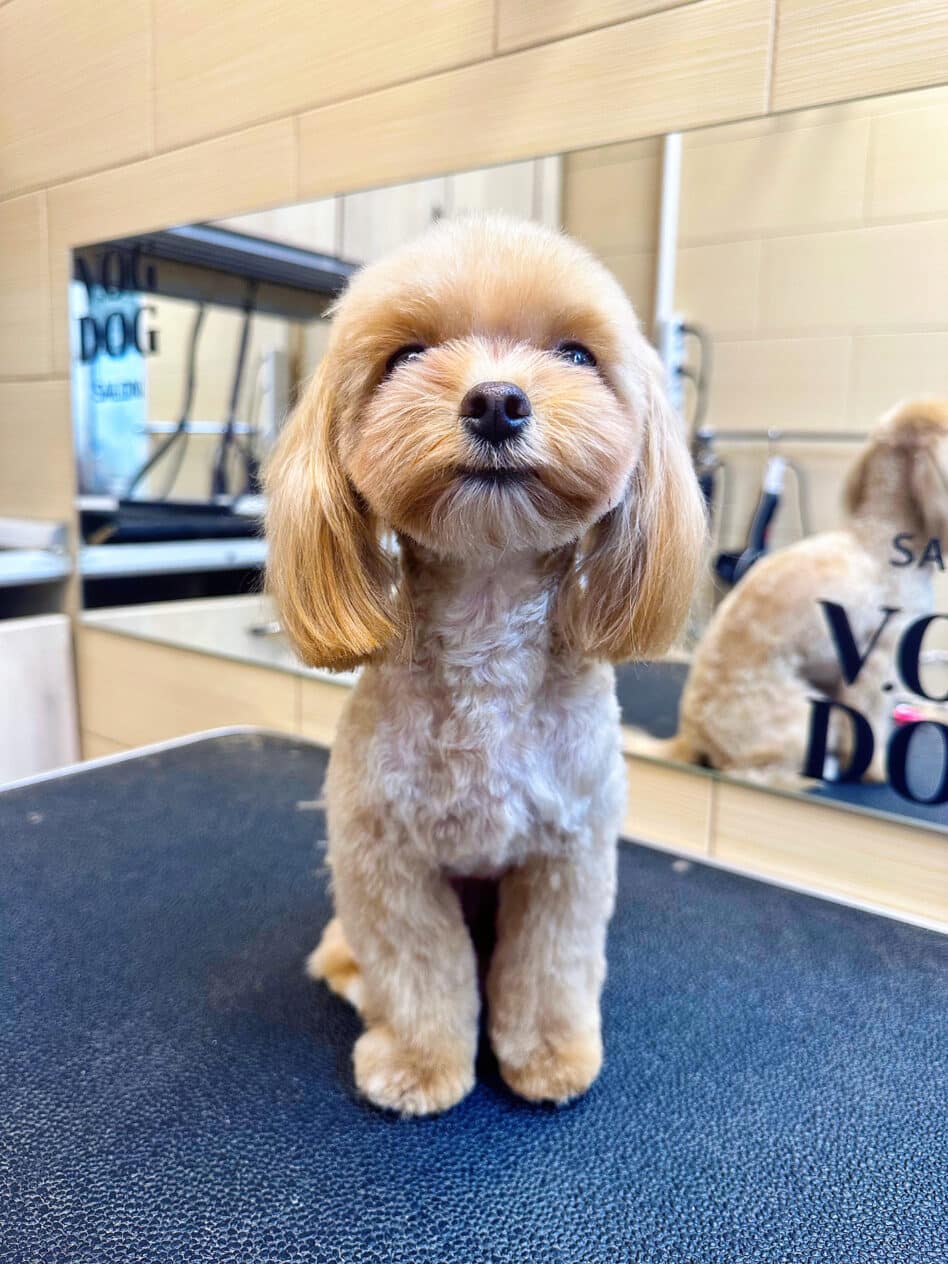
Another large group of skin problems can be called skin diseases. We have identified the three most common: malassezia dermatitis, seborrhea and atopic dermatitis.
Malassezia dermatitis is caused by Malassezia pachydermatis, which is found in skin folds, between the pads of the paws and inside the dog’s ear canal. Although the above areas are typical, dermatitis can occur anywhere. The peculiarity of the disease is the presence of a specific smell and recurrent character.
Seborrhea manifests itself as excessive secretion of sebum. This leads to dandruff, oily skin and hair loss. Although these symptoms are characteristic of this disease, in most cases they appear already after the animal has been affected by another disease, such as an endocrine or allergic one.
Atopic dermatitis is a widespread chronic inflammation of the skin caused by allergies to certain substances in the environment and affects about 15% of dogs. All known allergens that cause this disease are of natural origin (mold, dander, mites, pollen, etc.), that is, household chemicals used in every home cannot be the cause of atopic dermatitis. The disease can manifest itself in the form of rashes, itching, redness and peeling of the skin, hair loss. This condition can lead to constant biting and licking of certain areas of the body, causing the fur to turn brown due to saliva. The intensity of symptoms can be very different. Some dogs have mild symptoms of the disease that their owners sometimes don’t even notice, while others suffer from itching so bad that they can’t sleep at night and self-harm in the hope of reducing the discomfort. Currently, there is no effective treatment for atopic dermatitis, but you should not relax. It is always possible to relieve unpleasant sensations, together with a veterinarian, try to develop a dog’s tolerance to allergens, improve the quality of the skin as a barrier with the external environment, and cure primary skin diseases. If this is not done, the skin changes may be irreversible, it will become thicker and darker, and the recurrence of the disease will be a matter of time.
How to treat and prevent diseases

For the correct diagnosis and treatment of any problems with the dog’s skin and coat, it is recommended to consult a veterinarian. He has professional knowledge and experience, will be able to correctly determine the cause of the disease and develop a treatment plan, taking into account the type and severity of the disease, individual characteristics of your dog. It should be noted that regular preventive visits to the doctor can help you avoid many problems, because the specialist will provide useful advice on skin care and prevention of skin diseases.
Treatment methods for skin and coat problems in dogs

Veterinarians have an arsenal of specific treatments that depend on the underlying skin and coat problem:
- Antibiotics or antifungal agents are prescribed for bacterial or fungal infections.
- In allergic dermatitis, antihistamines or corticosteroids are used to relieve symptoms.
- In the case of hormonal or metabolic skin diseases, drug therapy may be required to regulate hormone levels or metabolism.
- The veterinarian may advise changing the dog’s diet to a hypoallergenic one or a diet with the restriction of certain components.
- Creams, ointments, and shampoos can also be effective in fighting inflammation and reducing itching. They significantly facilitate the dog’s life and reduce discomfort.
- Antiparasitic shampoos and sprays have proven effective in the fight against parasites. In the veterinary pharmacy, you can buy various drugs that will be convenient for you to use.
- Depending on the diagnosis, the vet may recommend other treatments such as massage, physical therapy or other procedures to improve the health of the dog’s skin and coat.
It is important to note that treatment should be individualized according to the specific diagnosis and needs of your dog.
Comprehensive recommendations for the care of a dog’s coat and skin
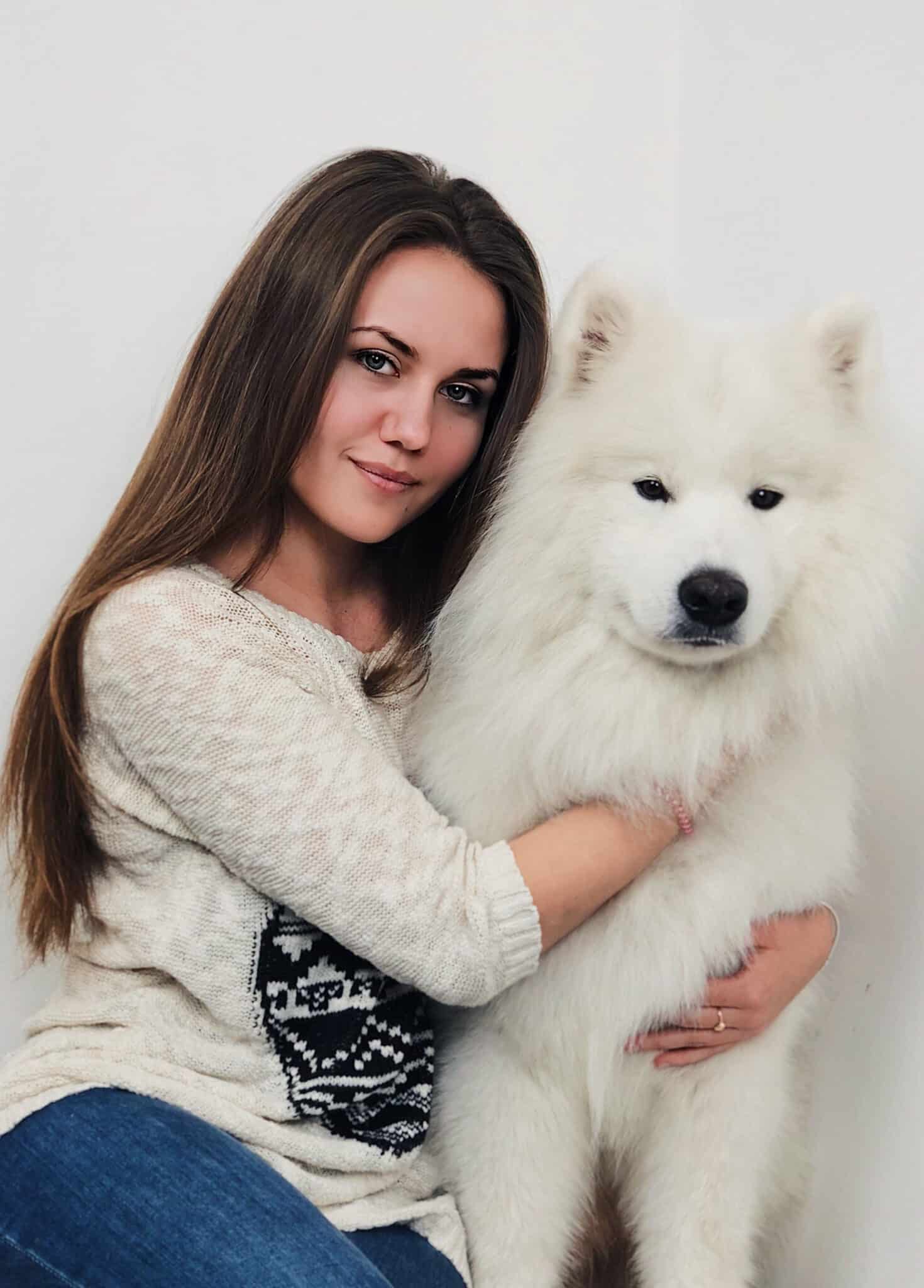
To avoid problems with hair loss in a dog, it is important to follow the correct care. Here are some recommendations to reduce the risk of developing problems:
- Regular hygiene. Don’t forget to brush your dog’s coat to remove debris, find ticks, prevent the formation of mange, and improve blood circulation. If your pet is wet and dirty after a walk, bathing and drying the fur with the help of tools is a must. In other cases, bathe the dog as needed to avoid washing the essential oils from the coat and not to dry it out. Consider using special dog shampoos and conditioners to help moisturize the skin and coat. There are many cosmetic products on the market, which can be chosen according to the needs of your pet. Please note that human shampoos are not suitable for dogs. The acidity of the skin of a person and a dog is significantly different, so the use of such products can provoke dermatitis.
- Proper nutrition. Provide your dog with a balanced diet that will contain a sufficient amount of proteins, fats, carbohydrates, vitamins and minerals. To do this, it is enough to choose a quality food that will meet the needs of your dog in terms of age, size and activity. Remove allergens from food and do not give foods prohibited for dogs – salted, smoked, fried, spicy, sweet, i.e. everything that can cause a violation of carbohydrate metabolism.
- Prevention of parasites. In order not to have problems with parasites, you should regularly use pills, drops on the withers, sprays, shampoos, collars, etc. Do not forget that the protection must be on a permanent basis throughout the year.
- Daily activity. Provide your dog with a sufficient amount of physical activity, because regular walks and games help to maintain the dog’s health.
- Stress control. Try to avoid stressful situations or minimize them. Pay enough attention to your pet, enjoy joint activities together and create a quiet and safe place for him where he can rest from external stimuli.
Dog breeds most susceptible to coat and skin problems
Some breeds of dogs are particularly prone to skin diseases due to genetic heredity, coat type, and build. Therefore, owners should pay more attention to them, regularly visit the veterinarian and learn to perform basic hygiene procedures to avoid skin and coat problems. We will give an incomplete list of breeds, because any dog, regardless of breed, may have individual characteristics that will affect its health. Today we focus your attention on Bichons, Shih Tzus, Spaniels, Bulldogs, Pugs, Retrievers, Beagles and Basset Hounds.
The first three representatives are united by a specific coat, which requires constant combing to avoid tangles. The danger lies in the fact that when blisters form, normal air circulation does not occur, the risk of infection increases, and severe skin irritation may occur due to constant tension.
Pugs and bulldogs are known allergens, they have short hair and complex skin structure due to the presence of folds, which can be a favorable environment for the development of pathogenic microflora.
Retrievers are also sensitive to many allergens, which can affect the development of dermatitis, ichthyosis, and hyperkeratosis.
For beagles, regular deworming is extremely important because an allergic reaction to flea bites often leads to irritation, itching and shedding.
Basset Hounds have health problems because of their build. They are prone to obesity, ear and skin infections.
It can be seen that in many cases it is easy to minimize the risk of skin disease if you devote enough time to hygienic care.
Dog care tips that will help you
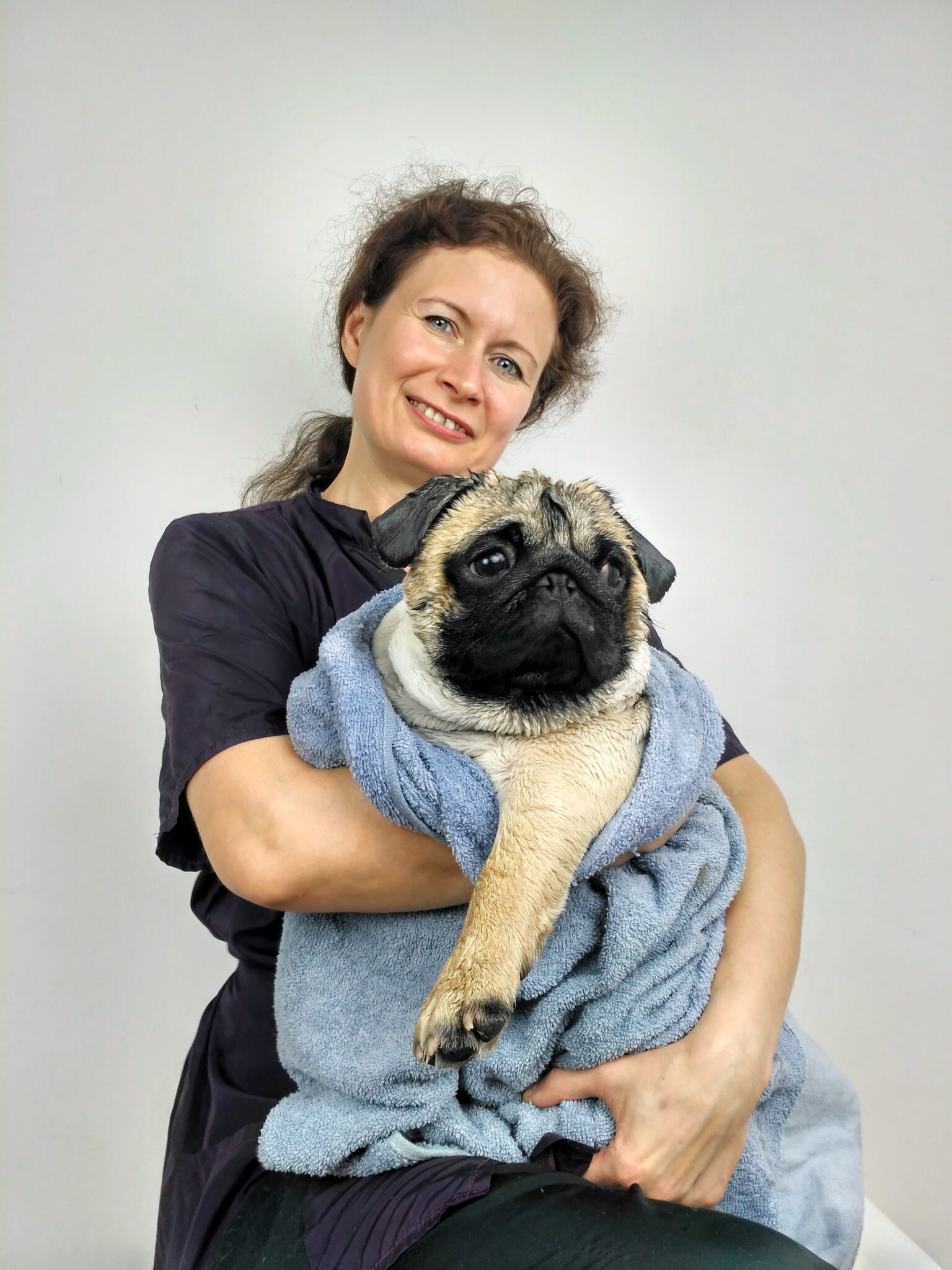
- Bathe your dog regularly using warm water. The optimal frequency of bath procedures is once every 2-3 weeks. If your pet is dirty after a walk, bathing is a must, but you shouldn’t do it too often so as not to dry out the coat and skin. Thoroughly wash off all remaining cosmetics and completely dry the wool with a hair dryer.
- Pay attention to the cosmetics you use. They should be soft, hypoallergenic, designed for dogs with sensitive skin. Avoid aggressive shampoos and products with a strong perfumed smell.
- Do not be lazy and take the time to brush your pet at least once every few days in order to avoid tangling of the fur, the formation of mange and inflammatory reactions on the skin.
- Buy special products for the care of eyes, ears and skin folds. They will help keep these areas clean and prevent bacteria from multiplying.
- Do not skip the anti-parasitic treatment, mark the dates in the veterinary passport and carefully examine your pet after each walk.
- Try to avoid allergens that can irritate your dog’s skin or consult your veterinarian about the possibility of developing a tolerance to them.
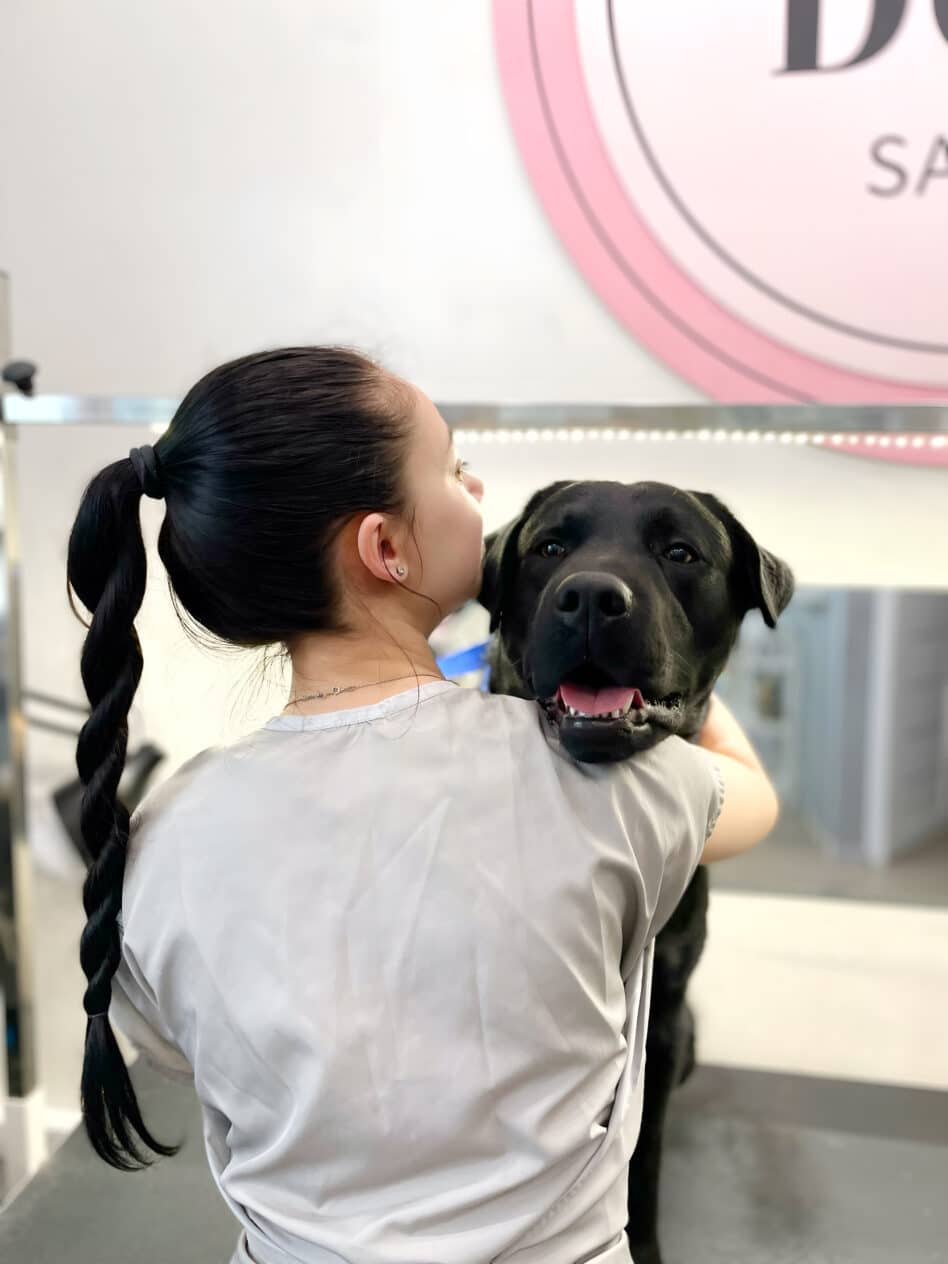
A properly selected lifestyle, balanced diet and regular care will help your pet stay healthy, happy and beautiful throughout its life. Your best partners in these matters are a veterinarian and a groomer, who will provide professional support and help in solving many issues. Of course, you can master the art of grooming yourself for home use, but if you do not have enough time, knowledge and experience, trust the professional of the zoo. There is definitely everything you need for full care, taking into account the smallest features of your breed.
We will be glad to see you in one of our beauty salons for dogs “V.O.G DOG” in Kyiv. We will help in maintaining the health of your pet at an appropriate level and pay attention to the first bells of potential problems, provide recommendations and, if necessary, refer to a veterinarian. Our administrators are also ready to advise you on all questions at the hotline number: +38 (073) 606 74 43.

